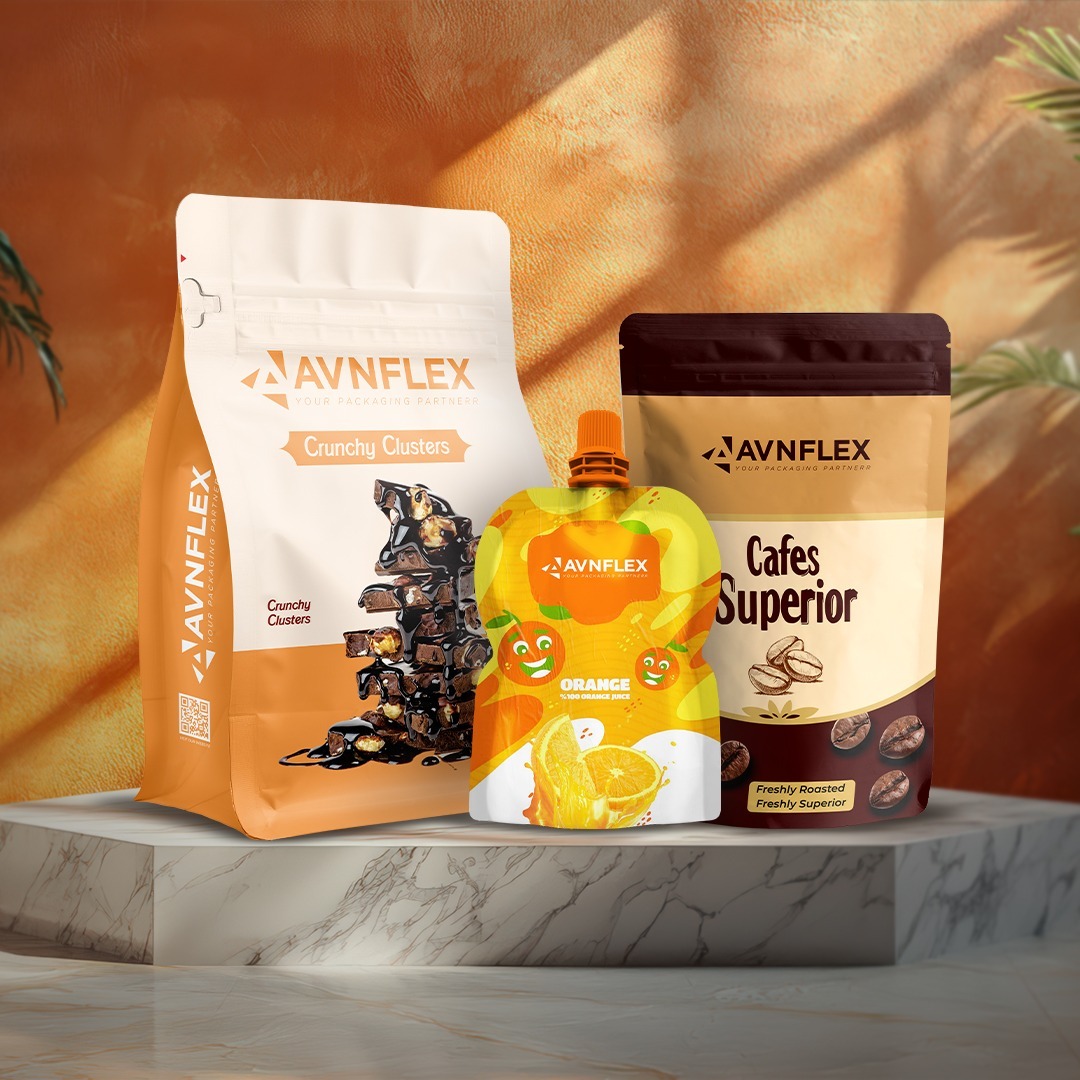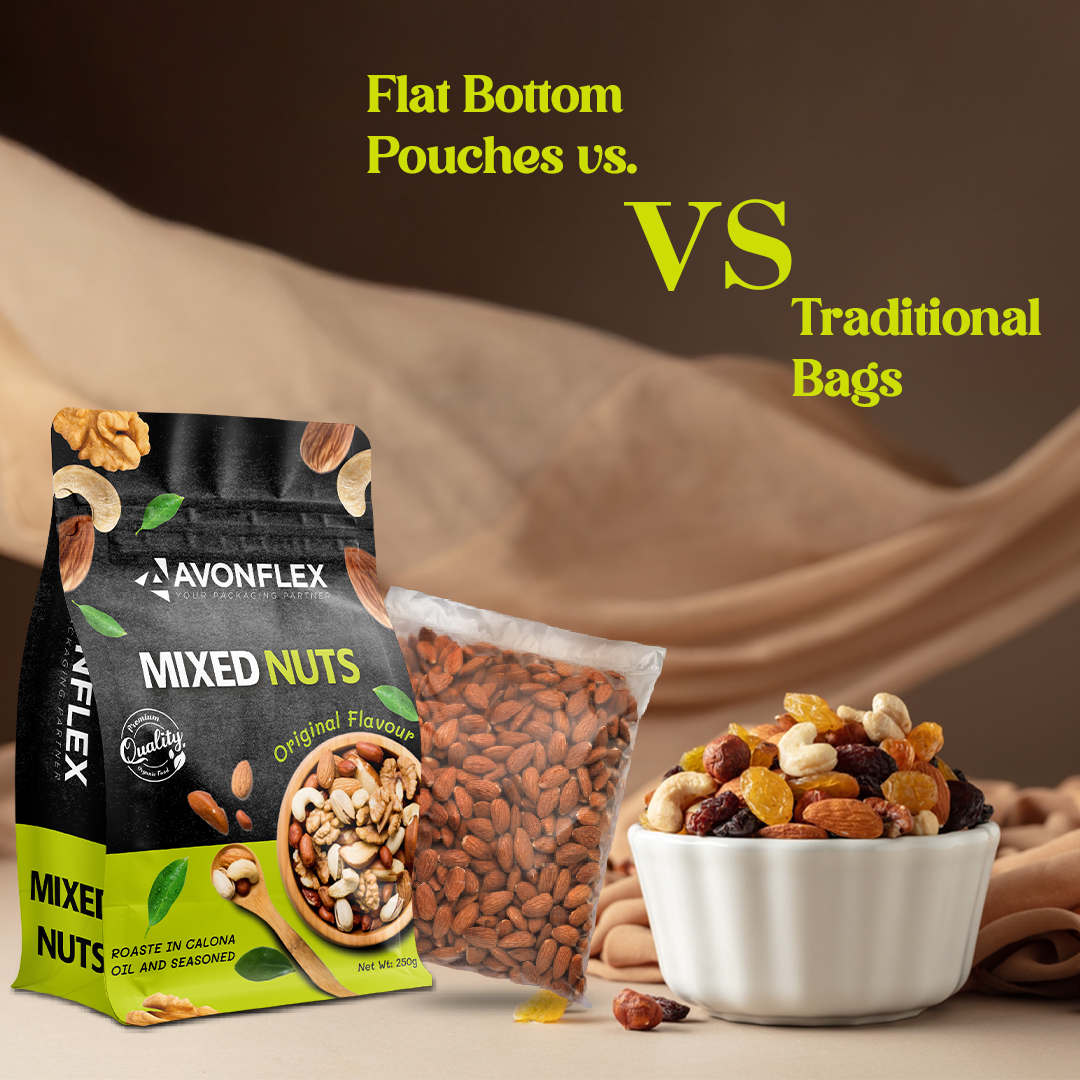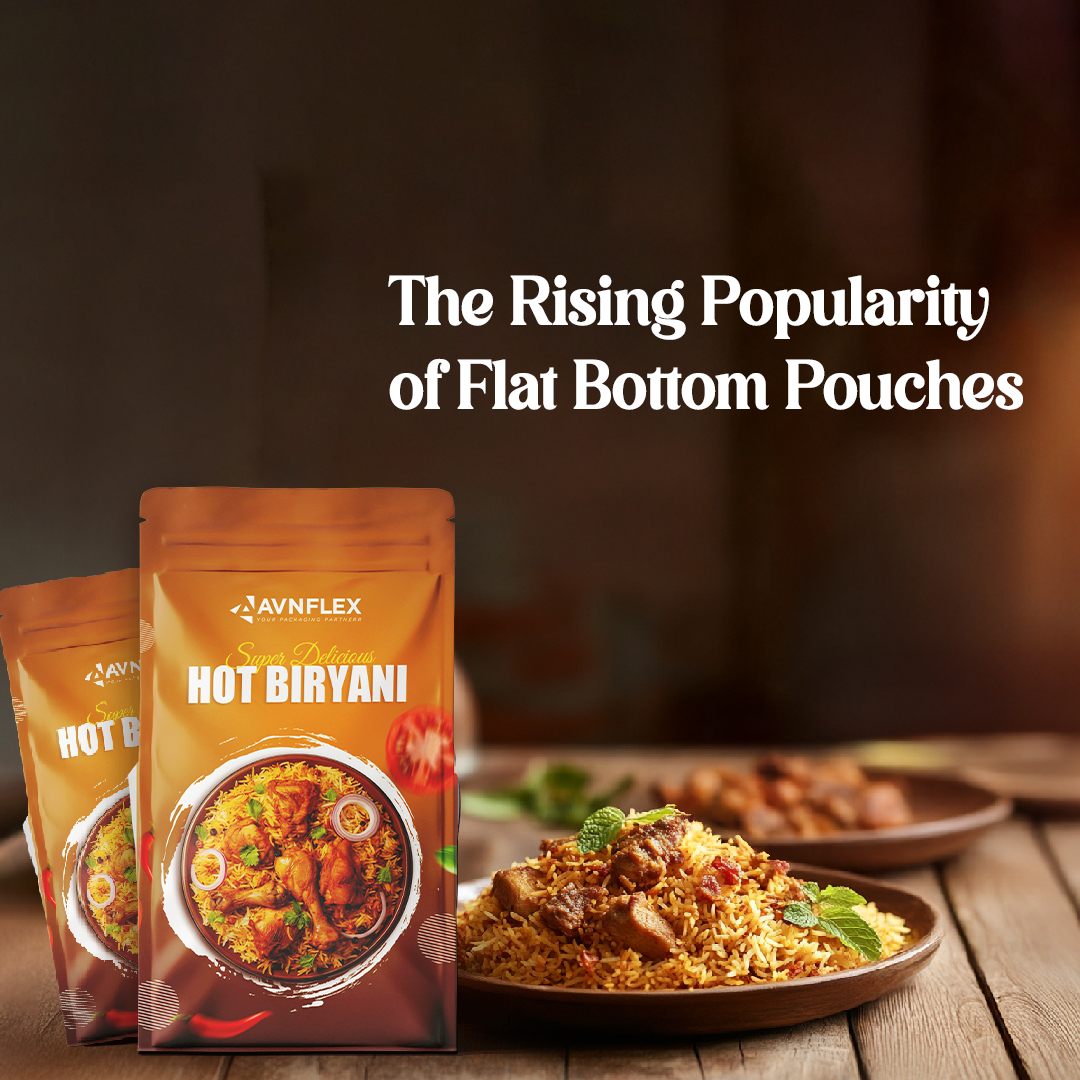In today’s world, sustainability is more than just a buzzword; it’s a way of life that consumers and businesses are actively embracing. The packaging industry has undergone a significant shift towards eco-friendly solutions, and flexible packaging is emerging as a key player in this transition. Offering a combination of environmental benefits and practical convenience, flexible packaging is rapidly becoming the go-to choice for brands and consumers alike.
Why Flexible Packaging?
Flexible packaging, such as stand-up pouches, spout pouches, and flat-bottom pouches, is designed to use minimal materials while maximizing the functionality of the packaging. This means less waste, less energy consumption in production, and a significantly lower carbon footprint when compared to traditional packaging formats like glass, cans, or rigid plastic.
- Reduction of Material Use
One of the biggest advantages of flexible packaging is its ability to reduce the amount of raw materials required. Unlike rigid containers, which need more plastic, metal, or glass, flexible pouches use up to 60% less material. This helps companies lower their resource consumption and also cut down on packaging waste, which contributes to environmental sustainability.
- Lower Carbon Emissions
Thanks to its lightweight nature, flexible packaging requires less energy for transportation and distribution. Fewer trucks are needed to transport the same amount of product, which reduces fuel consumption and minimizes carbon emissions throughout the supply chain. In fact, some studies suggest that flexible packaging can reduce carbon emissions by up to 80% compared to traditional packaging materials.
- Extended Shelf Life = Less Food Waste
Flexible packaging is not just about sustainability; it’s also about preserving product quality. Many flexible pouches are designed with multiple layers that provide a barrier against oxygen, moisture, and light, helping products stay fresh for longer periods. This means less food spoilage and waste, which is an essential factor in reducing overall environmental impact.
- Consumer Convenience Meets Sustainability
In addition to its eco-friendly benefits, flexible packaging offers a high level of convenience for consumers. Features like resealable zippers, spouts for easy pouring, and lightweight portability make flexible packaging a practical choice for today’s busy, on-the-go consumers. It’s not just sustainable; it’s functional and easy to use, further enhancing its appeal in the marketplace.
- Flexible Packaging: The Future of Sustainability
With its recyclable materials, biodegradable options, and potential for reuse, flexible packaging is steadily gaining traction in industries like food & beverages, healthcare, and personal care. As more brands adopt eco-friendly practices, flexible packaging is set to lead the way in making sustainability a reality without compromising on quality or convenience.
Conclusion
Flexible packaging is not only transforming the packaging industry but also playing a vital role in promoting sustainable living. As consumers become more environmentally conscious and demand more from the brands they support, flexible packaging offers a perfect blend of
eco-friendliness and convenience, making it the ideal solution for businesses looking to reduce their environmental impact.






